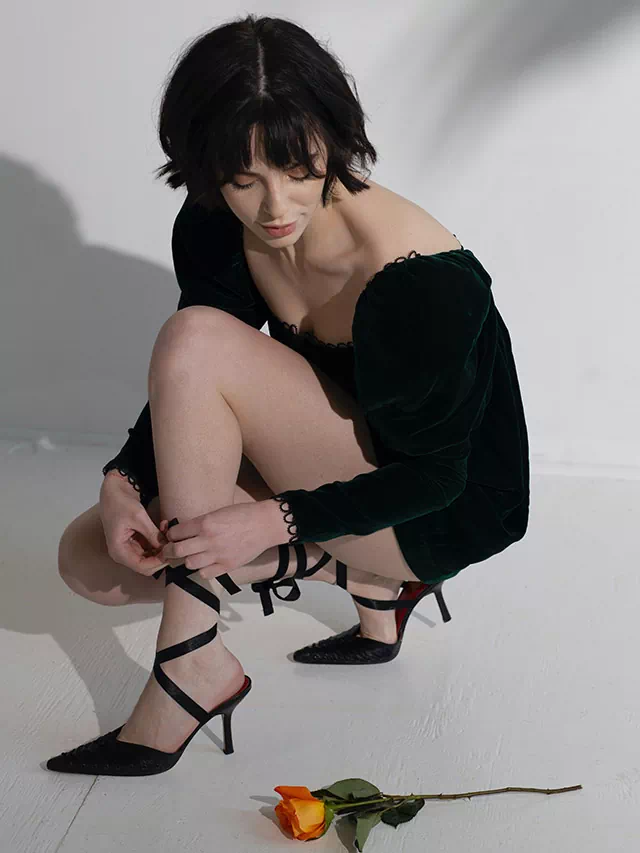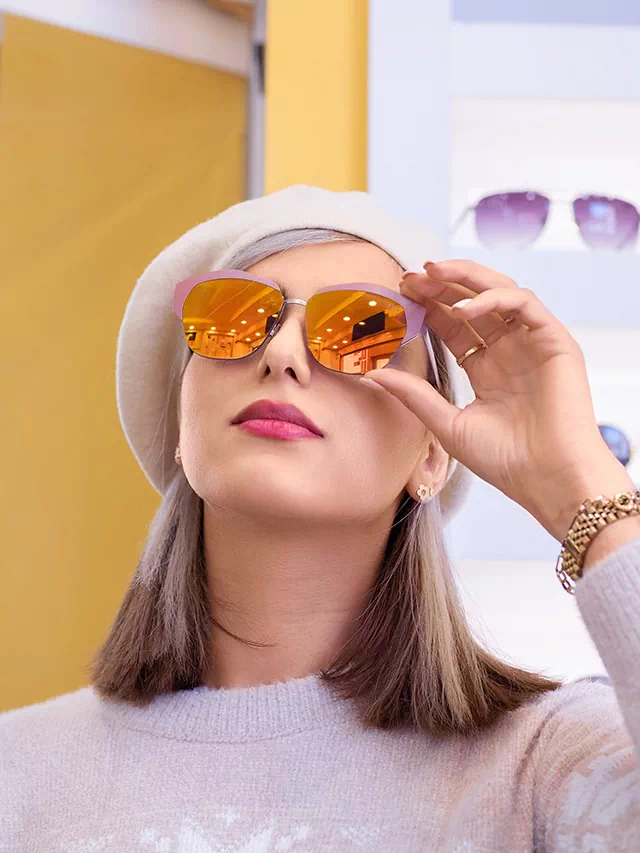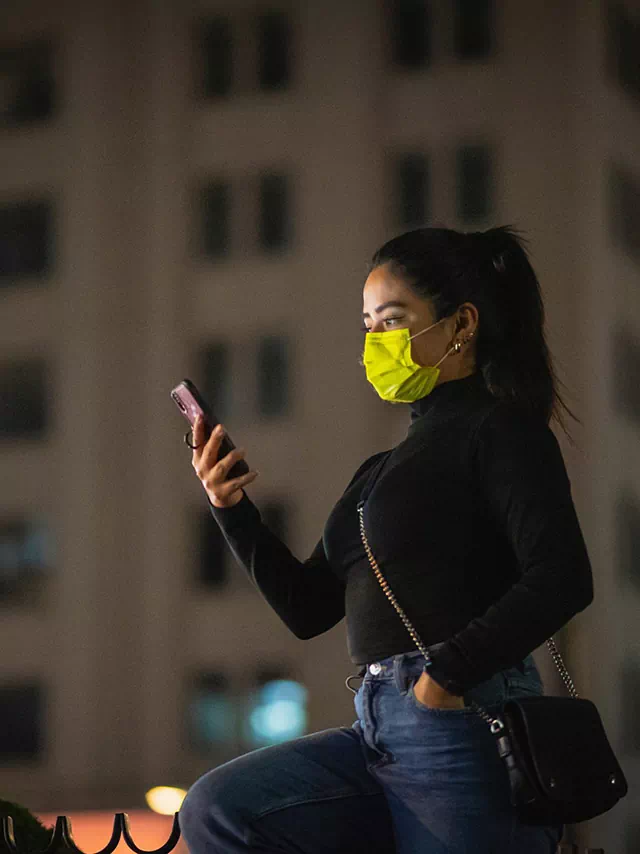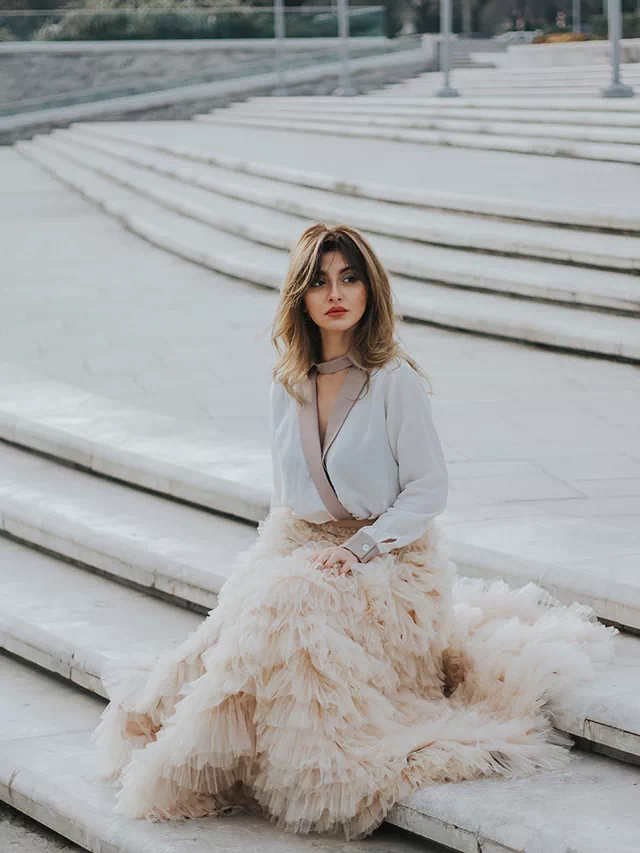Valentine’s Day is a time to celebrate love and romance, and what better way to do that than by dressing up in a beautiful and romantic outfit? Crafting a romantic look for Valentine’s Day can be a fun and creative process that allows you to express your personal style while impressing your partner. From choosing the right colors and fabrics to experimenting with accessories and makeup, there are plenty of ways to create a look that’s both stylish and romantic. Whether you’re planning a fancy night out or a cozy night in, these tips can help you create a look that will make you feel confident and beautiful on this special day.
Choose soft, feminine fabrics
Soft, flowing fabrics can create a romantic, dreamy look. Silk is an excellent choice for a romantic outfit, as it’s both luxurious and delicate. Chiffon is another great option, as it has a light and airy feel that can create a delicate, ethereal look. Lace adds a touch of elegance and femininity, while satin has a soft sheen that can create a romantic, glamorous look. A dress or blouse made from one of these fabrics can be a great starting point for a romantic Valentine’s Day outfit. Alternatively, consider adding a scarf or shawl to your outfit to add a touch of elegance.
Opt for a muted color palette
Soft, pastel colors like pink, cream, and blush can give your look a romantic vibe without being too overwhelming. If you prefer bolder colors, consider opting for deeper shades like burgundy or navy, which can add a touch of drama while still maintaining a romantic feel. Black is also a classic choice for a romantic outfit, but consider pairing it with softer colors or delicate fabrics to create a more.
Add some sparkle
A little bit of sparkle can add a touch of magic to your Valentine’s Day look. Consider adding a glittery eyeshadow to your eye makeup, or applying a shimmery highlighter to your cheekbones for a soft glow. A sparkly clutch or pair of heels can also add a touch of glamour to your outfit. However, be careful not to go overboard with the glitter, as too much can be overwhelming.
Wear delicate jewelry
Delicate, elegant jewelry can add a touch of sophistication to your Valentine’s Day outfit. A simple pendant necklace or a pair of pearl earrings can add a classic, romantic touch to your look. Alternatively, consider a dainty bracelet or stack of rings for a subtle yet stylish addition.
Focus on the details
Paying attention to the small details of your look can elevate your Valentine’s Day outfit to the next level. Consider a soft, romantic updo or loose waves for your hair. Adding a subtle flower or hairpin can add a touch of whimsy. For your nails, consider a classic red or pink nail polish, or a soft, neutral shade for a more understated look.
Finish with a spritz of perfume
A romantic fragrance can complete your Valentine’s Day look and leave a lasting impression on your partner. Choose a scent that makes you feel confident and alluring, whether it’s a floral fragrance or a sultry musk. A light spritz on your wrists and neck is all you need to leave a subtle yet memorable scent.
Choose the right footwear
The right pair of shoes can complete your romantic look and add a touch of elegance to your outfit. Consider opting for a pair of heels or strappy sandals to elongate your legs and create a more polished look. Alternatively, if you’re looking for something more comfortable, a pair of ballet flats or ankle boots can be a great choice.
Play up your makeup
For a romantic look, consider soft, natural-looking makeup that highlights your best features. A soft, pink blush can add a subtle flush to your cheeks, while a light, shimmery eyeshadow can create a bright, awake look. A neutral lip color can be a great choice for a more understated look, while a bold red or berry shade can add a touch of drama to your makeup.
Consider the occasion
Whether you’re going out for a fancy dinner or staying in for a cozy night, it’s important to consider the occasion when choosing your outfit. For a more formal occasion, consider a dress or skirt paired with heels and elegant jewelry. For a more casual evening, a pair of jeans or leggings paired with a cozy sweater can be a great choice.
Embraced your personal style
While it’s important to choose items that fit the romantic look you’re going for, it’s also important to embrace your personal style. Whether you prefer bold, statement pieces or more understated, classic items, make sure to incorporate items that make you feel comfortable and confident.
Consider the weather
It’s important to take the weather into consideration when putting together your Valentine’s Day outfit. If it’s cold outside, consider layering with a cozy sweater or jacket. If it’s warm, opt for breathable fabrics like cotton or linen to stay cool and comfortable.
Choose the right accessories
Accessories can make or break your Valentine’s Day look, so it’s important to choose items that complement your outfit. Consider adding a statement clutch or purse to hold your essentials, or a pair of statement earrings to add some sparkle to your outfit. A scarf or wrap can also be a great addition to keep you warm and stylish.
Experiment with textures
Mixing and matching different textures can add interest and depth to your Valentine’s Day look. Consider pairing a silk blouse with a leather skirt, or a lace dress with a cozy knit cardigan. Mixing textures can create a unique and romantic look that is sure to turn heads.
Pay attention to fit
A well-fitting outfit can make all the difference in creating a romantic look for Valentine’s Day. Make sure to choose items that flatter your figure and accentuate your best features. Consider getting items tailored if necessary to ensure a perfect fit.
Don’t forget confidence
Confidence is key when it comes to creating a romantic look for Valentine’s Day. Choose items that make you feel confident and beautiful, and don’t be afraid to experiment with new styles and trends. When you feel confident in your outfit, you’re sure to radiate beauty and romance.
Pay attention to colors
Colors can have a big impact on the overall mood of your outfit. Soft pastels like blush pink, lavender, and baby blue can create a sweet and romantic look, while rich jewel tones like emerald, ruby, and sapphire can create a bold and luxurious look. Consider the colors that complement your skin tone and choose items that make you feel your best.
Balance your outfit
When putting together a romantic look, it’s important to balance your outfit and avoid going overboard with any one element. For example, if you’re wearing a bold statement necklace, consider keeping the rest of your jewelry minimal. If you’re wearing a short, flirty skirt, consider pairing it with a more modest top to balance out the look.
Consider your hair
Your hairstyle can also play a big role in creating a romantic look for Valentine’s Day. Soft, loose waves or a sleek updo can create a sophisticated and elegant look, while a messy bun or braids can create a more relaxed and carefree look. Consider your outfit and the overall vibe you’re going for when choosing your hairstyle.
Keep it comfortable
While it’s important to look your best on Valentine’s Day, it’s also important to be comfortable. Choose items that fit well and feel comfortable to wear, so you can focus on enjoying your evening with your loved one.
Have fun with it
Above all, don’t forget to have fun with your Valentine’s Day outfit! This is a special occasion to celebrate love and romance, so don’t be afraid to experiment with new styles and trends. Choose items that make you feel confident and beautiful, and enjoy the evening with your loved one.
Consider the venue
The venue where you will be celebrating Valentine’s Day can influence your outfit choice. If you’re going to a fancy restaurant or event, consider a dressier outfit, such as a cocktail dress or a suit. A more casual setting, such as a movie or a picnic, may call for a more relaxed outfit, such as jeans and a blouse or a cute sundress.
Play with layers
Layering can add depth and interest to your Valentine’s Day look. Consider layering a blazer over a dress or a cardigan over a blouse to create a more polished look. A scarf or wrap can also be a great addition for a cozy and romantic look. Layering can also be practical if you’re going to be spending time outside or in a chilly venue.
Choose the right undergarments
The right undergarments can make a big difference in creating a flattering and comfortable look. Consider choosing undergarments that fit well and provide the necessary support for your outfit. Seamless underwear can prevent visible panty lines, while a well-fitting bra can enhance your figure and provide support.
Experiment with prints
Prints can add a playful and romantic touch to your Valentine’s Day look. Consider a floral or heart print dress, or incorporate prints through accessories such as a printed scarf or clutch. However, make sure to balance prints with solids to avoid overwhelming the outfit.
Pay attention to footwear
Your choice of footwear can make a big impact on your overall look and comfort level. High heels can add height and glamour to your outfit, but make sure to choose a comfortable pair if you’re planning on walking or dancing. Flats or low heels can be a more practical choice, while still adding a touch of femininity to your outfit.
Experiment with makeup
Makeup can be an important part of creating a romantic look for Valentine’s Day. Consider a soft, natural look with pink or nude lipstick, or go bold with a red lip and dramatic eye makeup. Experiment with different makeup styles to find a look that complements your outfit and personal style.
Consider the time of day
The time of day can also influence your outfit choice for Valentine’s Day. A daytime date may call for a lighter, more casual outfit, while an evening date may call for a more formal or glamorous look.
Accessorize strategically
Accessories can make a big difference in completing your Valentine’s Day look. Consider a statement necklace or earrings to add sparkle and glamor to your outfit. A clutch or small purse can also be a practical and stylish accessory. Just remember to keep accessories balanced with the rest of your outfit and not to overdo it.
Don’t forget about scent
Fragrance can be a subtle yet powerful way to enhance your Valentine’s Day look. Choose a scent that complements your outfit and personal style, whether it’s a soft floral or a rich musk. Just remember to go easy on the perfume to avoid overwhelming your partner’s senses.
Be confident
Above all, confidence is key when it comes to pulling off a romantic look for Valentine’s Day. Choose items that make you feel good about yourself and your body, and focus on enjoying your time with your partner. When you feel confident and comfortable, it will show in your body language and overall demeanor.
Crafting a romantic look for Valentine’s Day is all about creating a look that expresses your personal style and makes you feel confident and beautiful. By following these 30 tips and experimenting with different styles, you can create a memorable and romantic look that will impress your partner and make your Valentine’s Day celebrations even more special. Whether you prefer a classic and elegant look or something more playful and daring, the key is to have fun and enjoy the process of creating a look that’s uniquely yours. So go ahead and have fun with fashion, and create a look that will make this Valentine’s Day one to remember.








